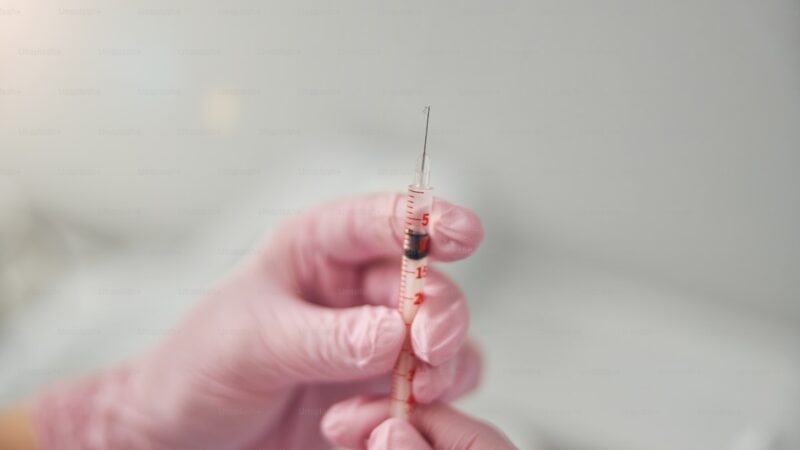Hidradenitis Suppuritiva Bandages and Dressings

A dressing is something like gauze that is put directly into a wound to encourage healing, stop bleeding, absorb wound drainage, eliminate surface tissue, prevent drugs from evaporating or falling off the wound surface, and protect from or treat the infection. They were generally used to keep others from seeing one’s wounds in medieval times.
Historical beliefs that an injury should be kept dry to heal quickly and avoid infection were disproved in the 1960s when investigations revealed that allowing wound surface cells to dry out caused them to die, lengthening the healing process. A vast number of various types of dressings with varied qualities or purposes have been introduced in the last 20 to 30 years. The following are classified categories: check out strapping tapes and bandages online:
Alginate dressing
Alginate dressing is constructed of seaweed alginate and stretch as they collect drainage from a wound, turning from a gauze-like softness to a gel consistency.
Get in touch with layer dressing. These are made of a non-adherent or low-adherent substance that allows the drain to pass through.
Hydrocolloid dressings inhibit wound leakage and keep the wounded surface moist while blocking outside moisture from entering the wound. They resemble thin, malleable plastic strips of various thicknesses and shapes that adhere directly to the skin around a wound. Duoderm is the most widely used brand.
Transparent dressing
They are waterproof, keeping external moisture and bacteria out of a wound while keeping it wet and easy to assess due to their transparency. Tegaderm is the most popular brand. Sodium chloride is embedded in the salt dressing. They help clean the wound by moistening devitalized tissue, and they’re perfect for moderately draining wounds with tunnelling or undermining.
Maintaining the Position of the Dressing
If the drainage has an odor or is significant in volume, taping the dressings in place might be problematic because the frequent dressing changes, which require removing the tape each time, chafes the surrounding skin. These are two excellent methods for keeping the dressings in place.
Montgomery Straps
Montgomery Straps’ outer white sections adhere to the skin on either side of the wound, and laces are threaded through the holes to hold a dressing on/in the wound. To change the dressing, untie and tie the laces, so you don’t have to peel the tape off your skin continually.
It is especially beneficial for wounds that have a lot of fluid draining. You can fill it with alginate and secure it with laces. As if it were a sponge, the alginate will absorb the drainage. If necessary, you can replace the dressing three or four times per day. Please make your Montgomery strap by punching holes in the double thickness piece of the tape and threading laces through them. Go to strapping tapes and bandages online for more details.







